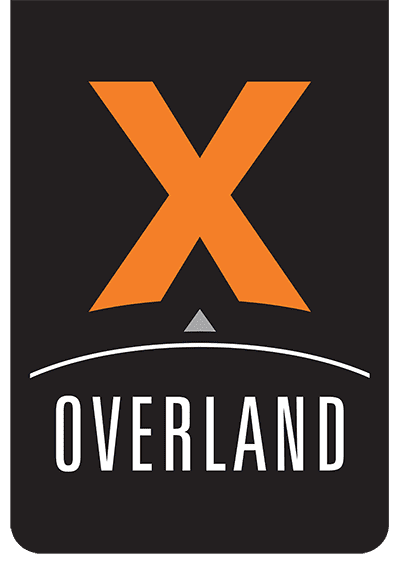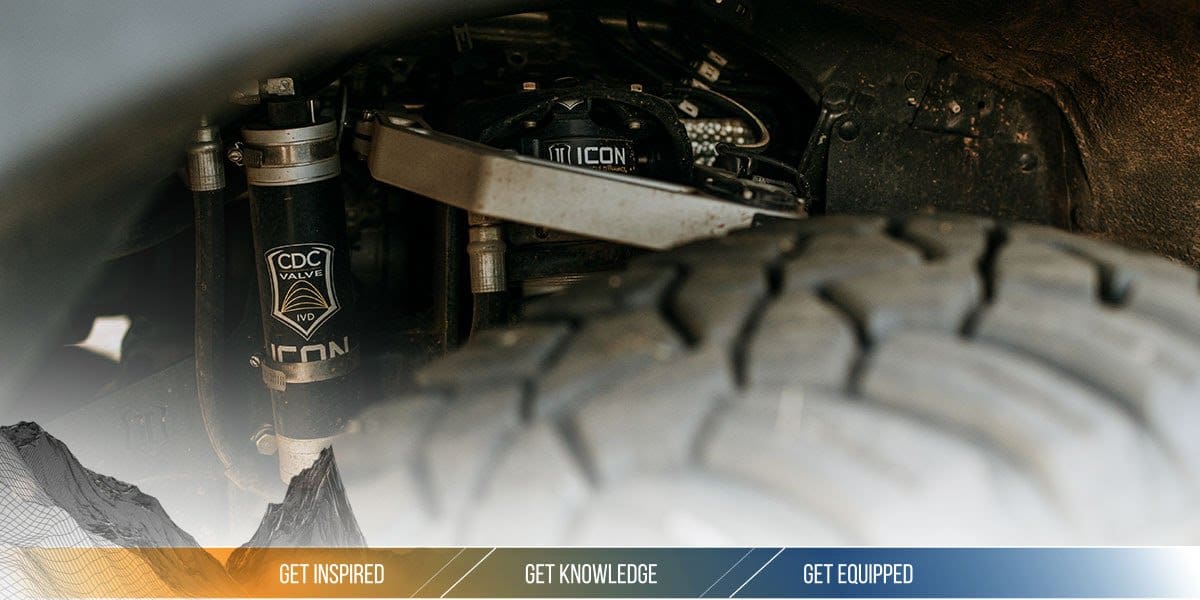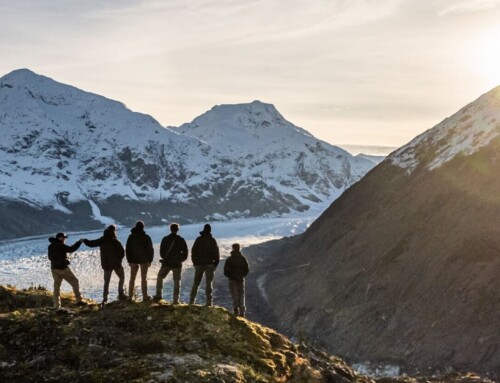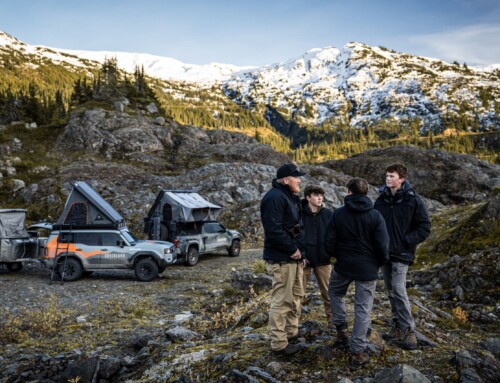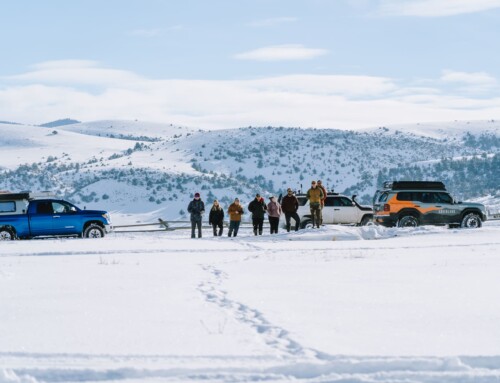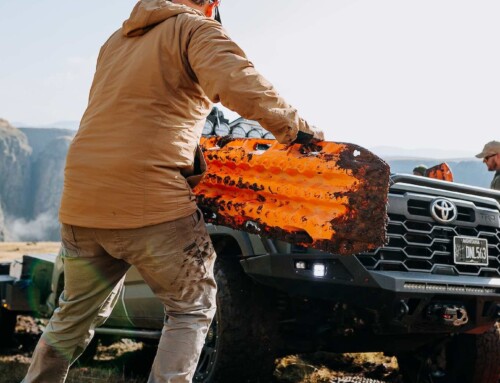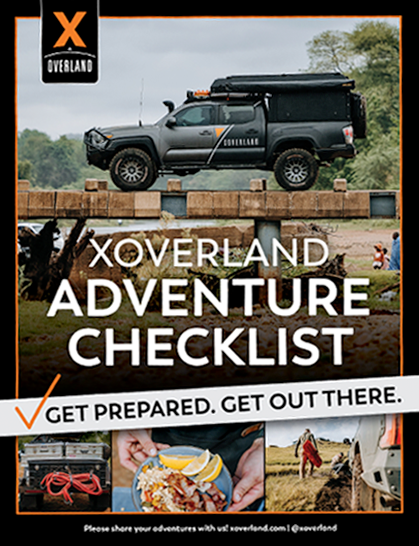Over the past ten years and tens of thousands of overland travel miles across 20 sum countries, suspension has proven to be a big deal. It is important to note that your stock vehicle has suspension that’s tuned to its stock weight and for the 90% (everyday) user. But, as an overland traveler, that’s most likely not you.
With this in mind, suspension is one of the first things we should look at when building a proper overland vehicle. Here are a couple of things to think about when , keeping in mind this is a vast topic, especially when getting into higher-end suspensions systems. For now, we will stick to the simple bolt-on replacement concept, which includes a majority of the overland crowd.
- How are you going to use your vehicle?
On Forest Service roads or back roads like most overland travel encounters? Or will you step it up with some technical trails or dirt whoops at speed? Knowing your most common terrain and application can help narrow the field or justify the money spent. Tip: You don’t need top-end suspension to cruise a Forest Service road, but you might want it in the desert when pushing the pedal for miles on end through nasty washboards. It just depends on where you are on the spectrum of use. - A second consideration with suspension should be around the weight of the vehicle.
This applies mostly to the springs, coils, and airbags depending on how your vehicle is to be equipped. To be specific, how much will your vehicle weigh AFTER you install everything on your build plan? Bumpers, winches, sliders, tents, refrigerators, water, fuel, and people, all add up very quickly.
Scott Brady, publisher of Overland Journal is known for saying, “Your vehicle is finished when you take the last accessory off that you don’t need.” He’s right. Lighter is better.
Remember, shocks control rebound and compression of the load (some shocks are even adjustable), and the vehicle’s weight is managed by the coils, leaf springs, and airbags accordingly. Now you’re ready to do some quick math to figure out that weight. Then, take your budget and do your research on good systems for your vehicle. Bottom line: buy the best suspension you can afford.
Several great companies offer some quality ‘starter’ suspension packages. Icon Vehicle Dynamics is a company we have trusted for years, but there are others. Just do your research. What you’re looking for is reliability and perhaps serviceability. Non-serviceable shocks (, ) “can” tend to last a little longer. However, they cannot be tuneable for your truck and be serviced. With the higher-end suspension, you get serviceability and tunability, plus the overall long-term cost of ownership can be lower (determined by how hard you run the truck).
Suspension is a fundamental element to the rest of the build. Good suspension translates to better days on the road, a more rested driver, and a more reliable vehicle. Getting the proper setup will determine how hard you can hit the trail or how comfortable your big day on the dirt will be or how far you can travel in that remote country without issue.
For more, watch What To Look for in Suspension in our Oh Hey There With Jeff series.
